-
×
 Proximity Click
1 × R220.00
Proximity Click
1 × R220.00 -
×
 Alcohol 3 Click
1 ×
Alcohol 3 Click
1 × R710.00R639.00 -
×
 EXPAND Click
1 ×
EXPAND Click
1 × R260.00R234.00 -
×
 ADC Click
2 ×
ADC Click
2 × R540.00R486.00 -
×
 DIGI POT Click
1 ×
DIGI POT Click
1 × R370.00R333.00 -
×
 DAC Click
1 ×
DAC Click
1 × R410.00R369.00 -
×
 microSD Click
2 ×
microSD Click
2 × R355.00R319.50 -
×
 METHANE Click
1 ×
METHANE Click
1 × R335.00R301.50 -
×
 GSM2 Click
1 ×
GSM2 Click
1 × R965.00R868.50 -
×
 RS485 Click 5V
1 × R235.00
RS485 Click 5V
1 × R235.00 -
×
 BEE Click
1 ×
BEE Click
1 × R800.00R720.00
Subtotal: R5,611.00

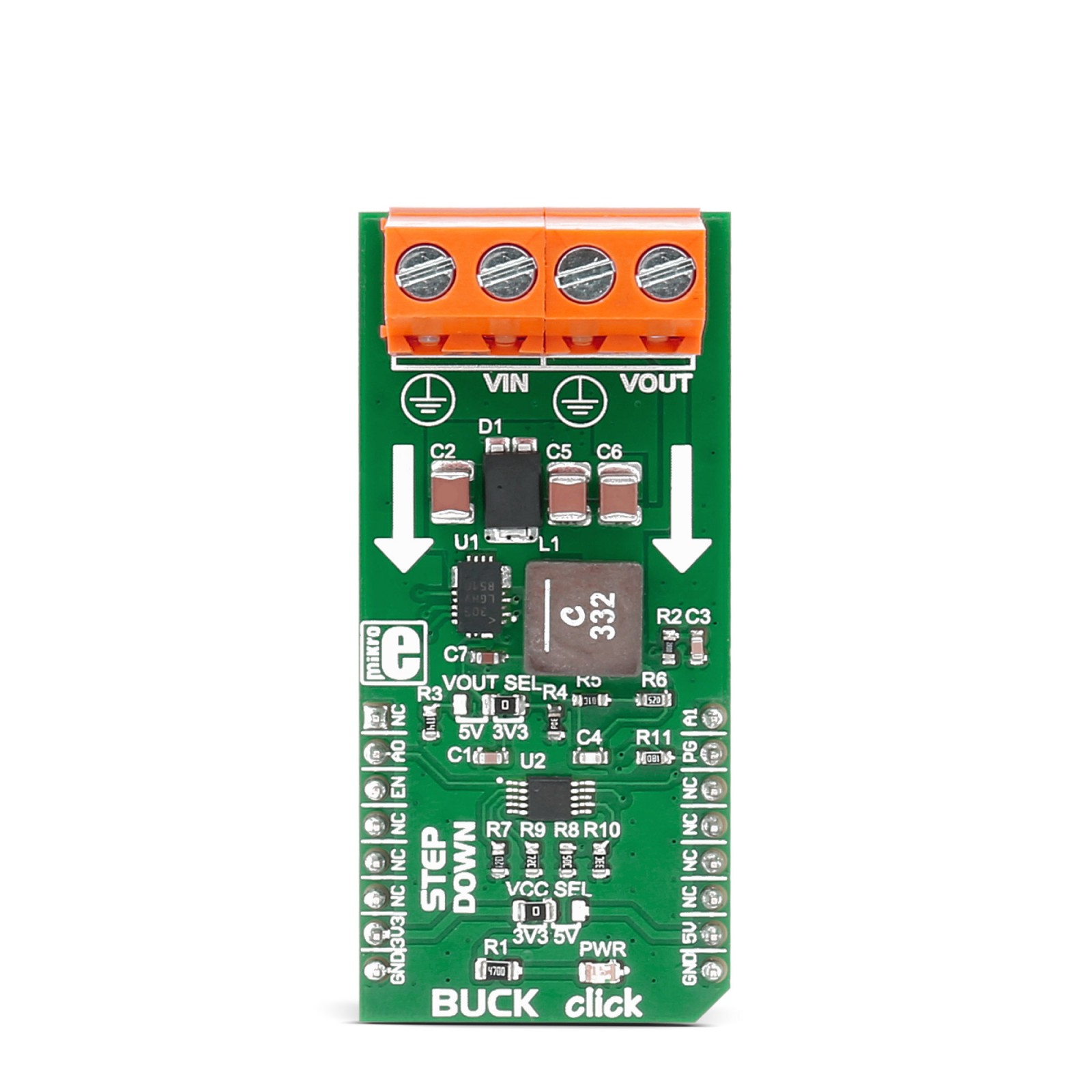
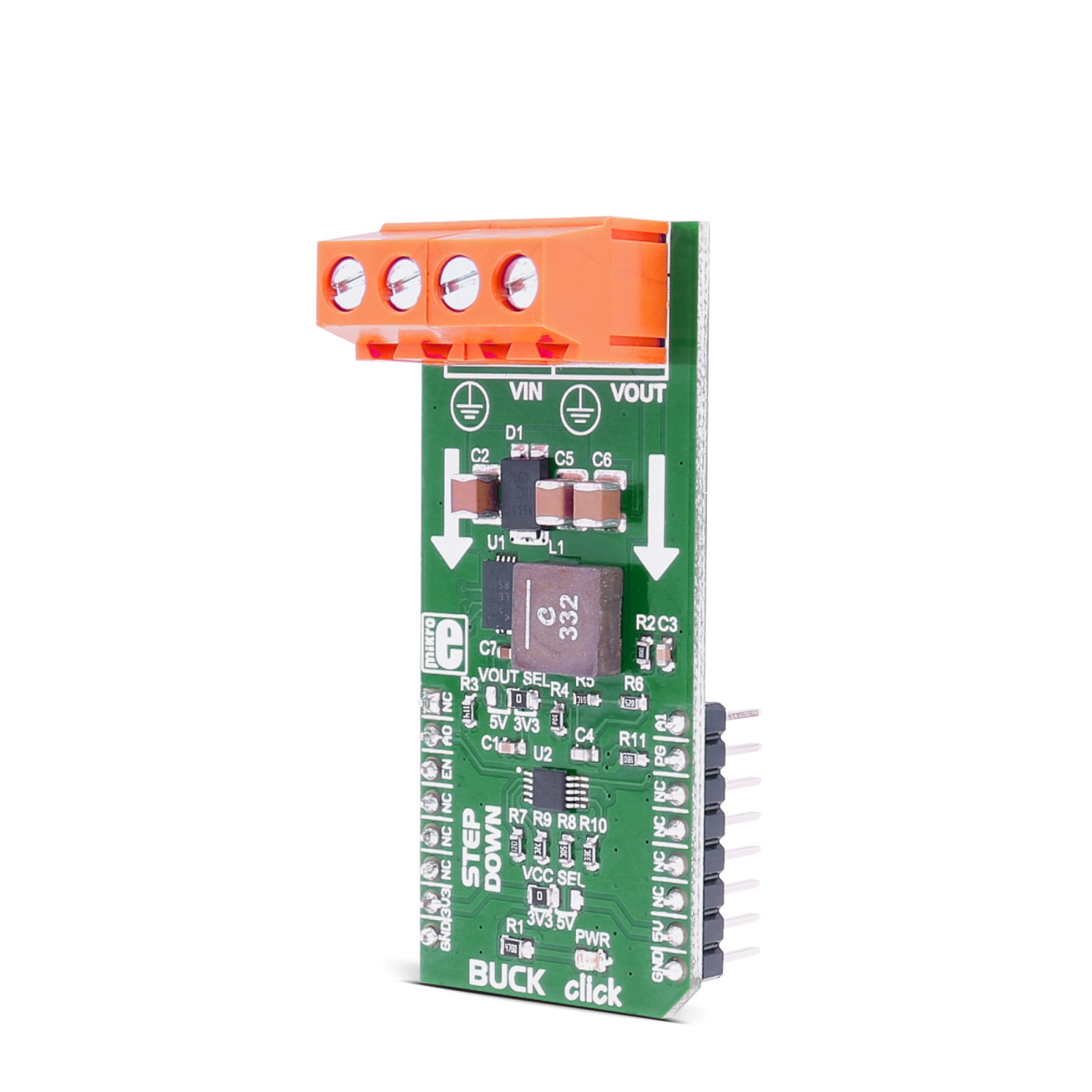
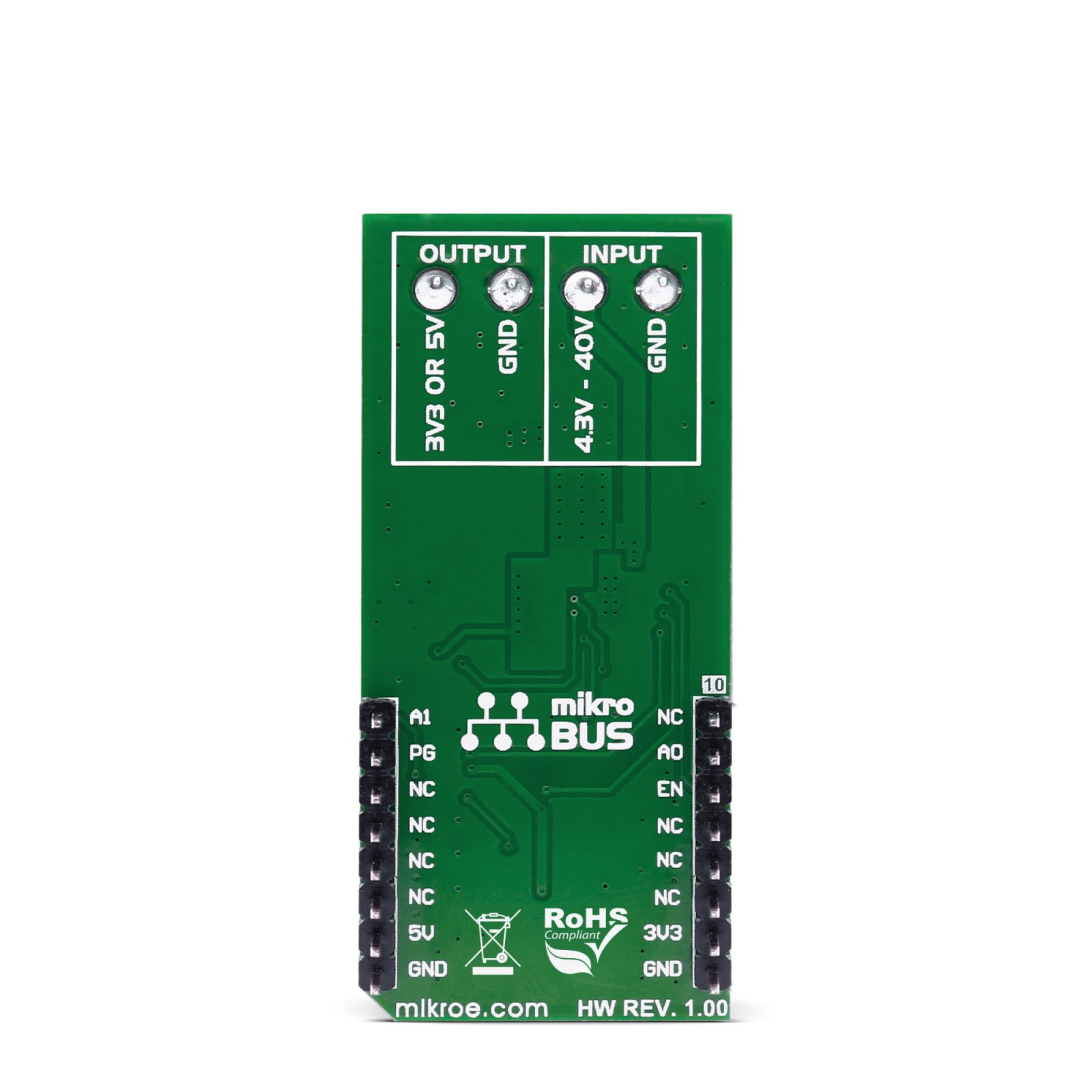
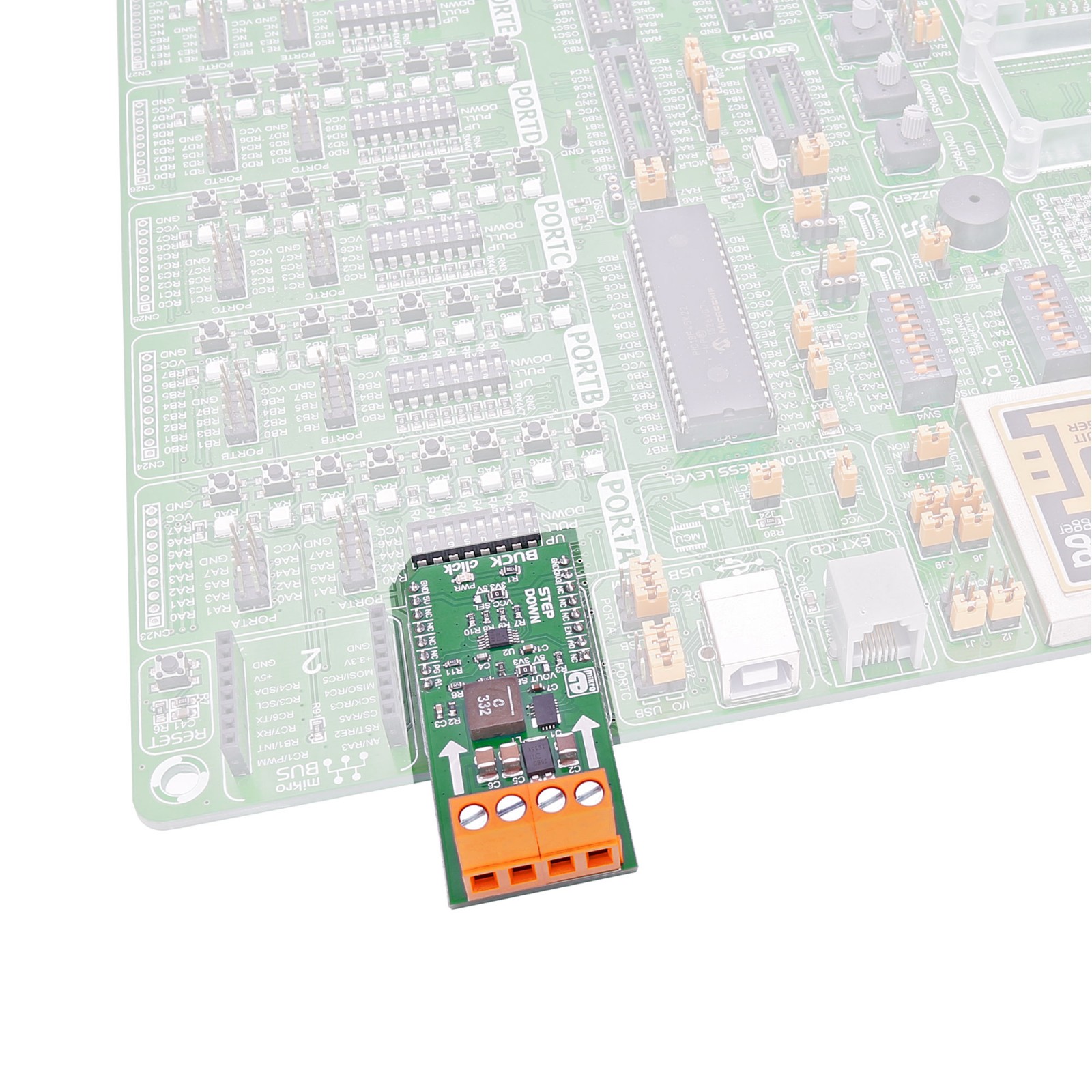
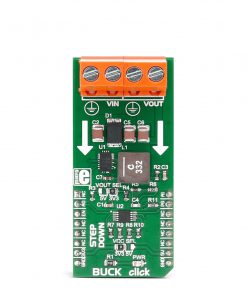
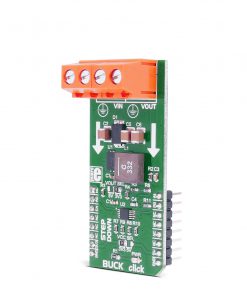
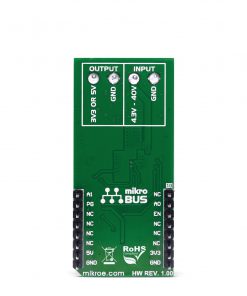
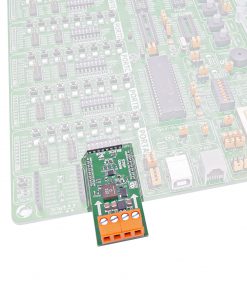
.jpg)





